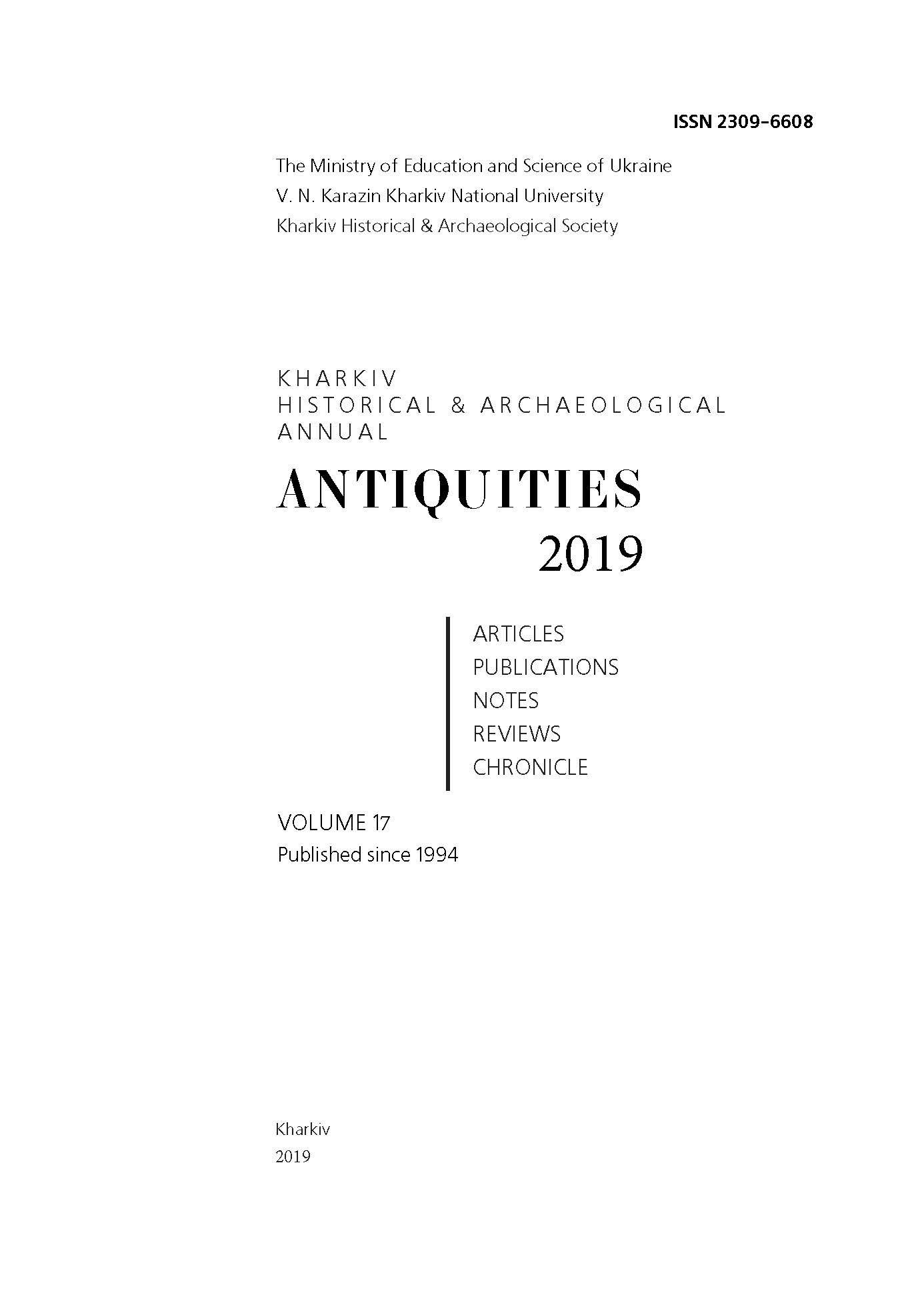Lutheranism and reformism in the socio-political life of Saxony in the second half of the 16th century: from the competition to the conflict
Abstract
The article considers the problem of relations between Lutherans and Calvinists in Saxony in the second half of the 16th century. The formation of reformism in Germany and the attempts of its supporters to expand their influence are analyzed. It is shown that the spread of Calvinism in Saxony was associated with the emergence of a Philippist movement in Lutheranism. It was noted that there was fierce competition between the Philippists and the Gnesiolutherans, which led to numerous discussions among Lutherans. It is indicated that the policy of the territorial authority of Saxony in the second half of the XVI century went through several stages: from a neutral attitude to theological discussions to the defeat of Philippism under Augustus, from the support of reformism under Christian I to the liquidation of its influence under Sofia and Christian II. The conclusion about the constitution of the foundations of evangelical and reformist dogma in the second half of the 16th century, which resulted in the emergence of orthodoxy, is made.
Downloads
References
Berezhnaya N. A. 2015: Melanchthon i problema kryptokalvynyzma v protestantskoi Hermanyy seredyny XVI v. Klyo [Clio] 1(97), 54–57. (In Russian).
Hasse H.-P. 2017: Lutherisches Konfessionsbewusstsein und Kirchenpolitik des Kurfürsten August von Sachsen. In: Kurfürst August von Sachsen. Ein nachreformatorischen «Friedensfürst» zwischen Territorium und Reich. Dresden, 166–175.
Hauschild W.-D. 2005: Lehrbuch der Kirchen- und Dogmengeschichte. Bd. 2. Gütersloh.
Hegglund B. 2001: Ystoryia teolohyy. 2-e izd. Sankt-Peterburh. (In Russian).
Hoyer S. 1993: Stände und calvinistische Landespolitik unter Christian I. (1587–1591) in Kursachsen. Territorialstaat und Calvinismus. Stuttgart, 137–149.
Jung M. H. 2012: Reformation und Konfessionelles Zeitalter (1525–1648). Göttingen.
Mühling A. 2009: Der Heidelberger Katechismus im 16. Jahrhundert: Entstehung, Zielsetzung, Rezeption. Monatshefte für Evangelische Kirchengeschichte des Rheinlandes 58, 1–11.
Prokop’yev A. Yu. 2008: Hermanyia v epokhu relyhyoznoho raskola. 1555–1648. 2-e izd. Sankt-Peterburh. (In Russian).
Prokop’yev A. Yu. 2016: Svetskaia y dukhovnaia vlast v rannei liuteranskoi ortodoksyy: Polykarp Leizer Starshyi (1552–1610). Relyhyia. Vlast. Obshchestvo [Religion. Power. Society] 5, 199–236. (In Russian).
Rudersdorf M. 2017: Kurfürst August von Sachsen. Ein neuer nachreformatorischer Fürstentypus im Konfessionsstaat des Alten Reiches. In: Kurfürst August von Sachsen. Ein nachreformatorischen «Friedensfürst» zwischen Territorium und Reich. Dresden, 8–25.
Ruttkay L. 1971: Jessenius als Professor in Wittenberg – zum 350. Todesjahr von Jessenius. Orvostörténeti közlemények. Commutationes de historia artis medicinae. 62–63, 13–55.
Shaff F. 2009: Ystoryia khrystyanskoi tserkvy. T. 7. Sankt-Peterburh. (In Russian).
Tazenko T. N. 2017: Reformatstvo (kalvynyzm) v Hermanyy XVI v. Trudy Sankt-Peterburhskoho ynstytuta ystoryy RAN [Works of St. Petersburg Institute of History of the Russian Academy of sciences] 3(19), 245–286. (In Russian).
Zeeden E. W. 1965: Die Entstehung der Konfessionen. Grundlagen und Formen der Konfessionsbildung im Zeitalter der Glaubenskämpfe. München; Wien.
Zinck P. 1903: Die Universität Leipzig in den kryptocalvinistischen Wirren zur Zeit des Kurfürsten August. Beiträge zur sächsischen Kirchengeschichte 16, 71–119.




